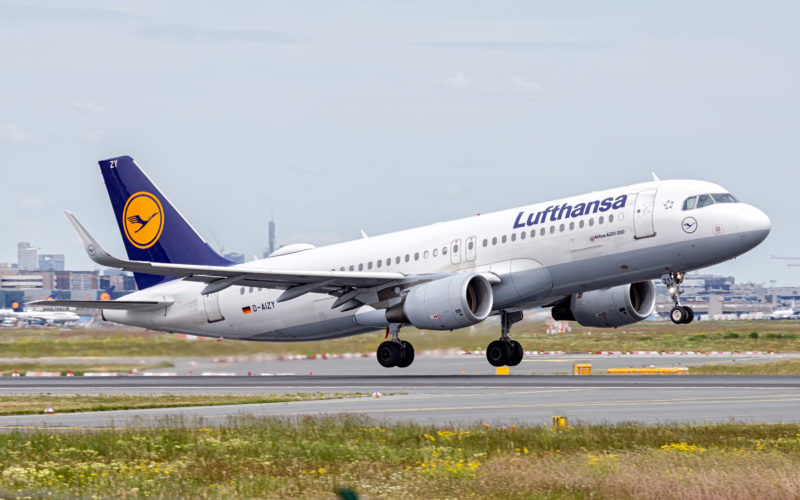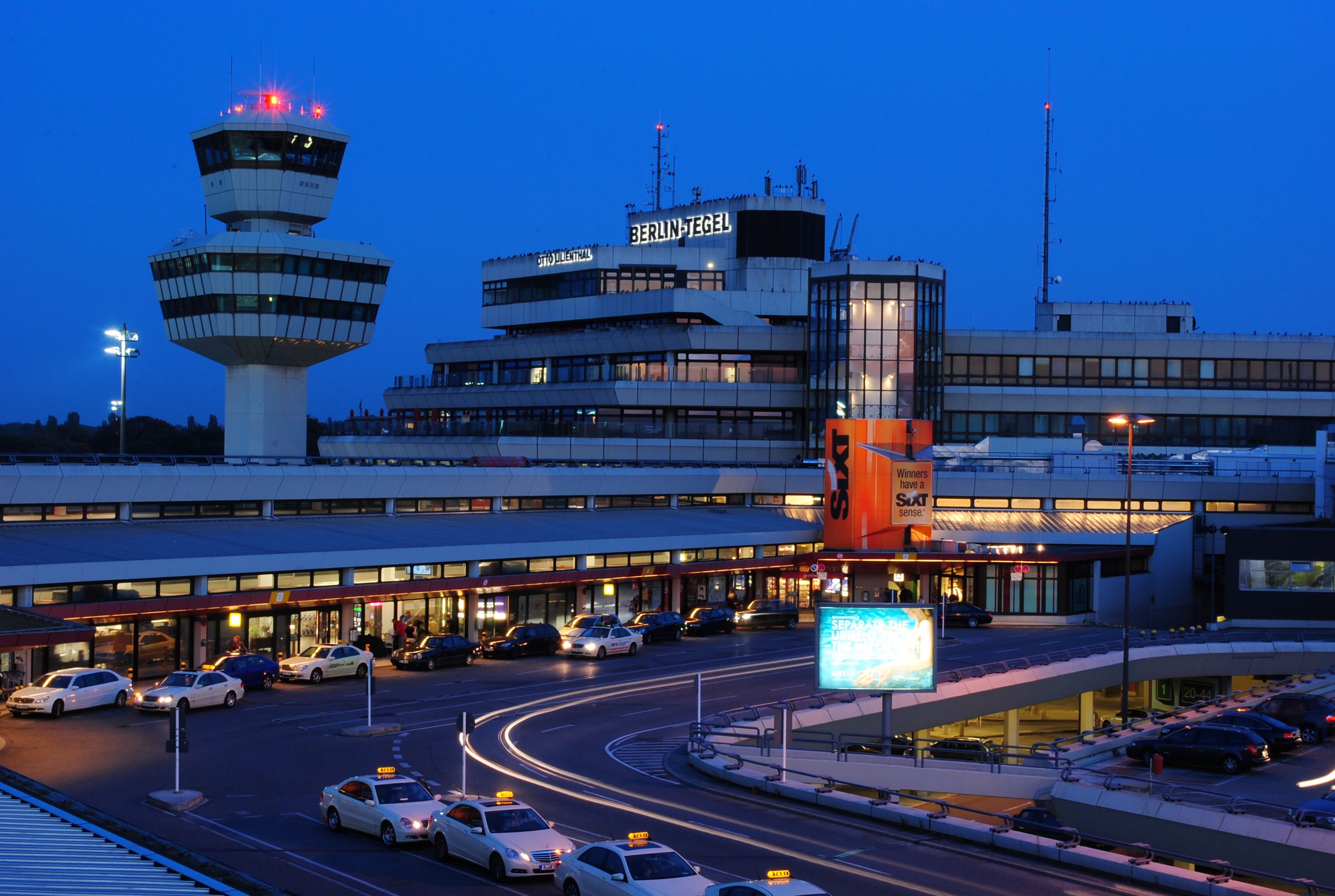Berlin’s primary city airport, Tegel International (TXL), will now remain open for another five months. The cold-war era airport was due to be closed in June; however management has opted to keep it open until 8th November, while Brandenburg Airport (BER) becomes operational.
After years of postponed grand openings, Berlin-Brandenburg Airport will finally open to passengers; as travel demand slowly returns in Germany. By opening with smaller passenger volumes, it is hoped that Berlin-Brandenburg will gradually be able to meet passenger demand.
Berlin currently has three airports for the city’s 3.8 million residents Schönefeld, Tegel and Brandenburg, the latter of which has been plagued by numerous design flaws in recent years. By keeping Tegel open until November, passengers will not be forced to use Schönefeld; which is much further away from Berlin’s CBD.

Gradual Increase In Capacity
As part of the return to safe air travel in Germany it is understood that all three airports in Berlin will have to operate at one-third capacity, according to Deutsche Welle.
By slowly increasing capacity and phasing in routes, Berlin-Brandenburg will commence operations 31st October. As more airlines begin to make full use of the new airport, Tegel can begin to gradually wind-down operations; eventually closing approximately one week after Berlin-Brandenberg opens.
Prior to COVID-19 travel restrictions, Berlin Tegel and Schönefeld together served over 100,000 passengers per day. Since March that number has been down to 1,500-2,500, according to data obtained by DW. Despite the current slump in demand, many leisure airlines will ramp-up operations in time for the busy summer holiday period in June.
It is hoped that in the meantime, Schönefeld and Tegel will be handling 20,000 passengers per day by July.
New BER Airport – A Troubled History
Berlin Brandenburg Airport has been plagued by lawsuits and design faults, before construction even commenced in 2006. Furthermore, the construction of the airport was a joint venture between the city of Berlin, the nearby state of Brandenburg and the German Federal Government; no private contractors ever assumed management of the project.
In the past few years the building design has been tweaked and modified hundreds of times, resulting in critical errors with the fire suppression system, wiring and other general components. By 2018, the airport authority admitted the empty airport was costing about €10 million ($11.3 million) per month in maintenance fees.
Article Sources: Deutsche Welle and FlightGlobal. Feature Image: Wikipedia


